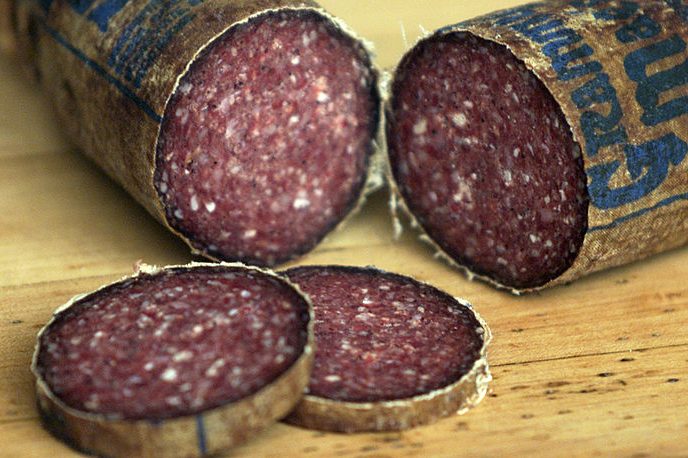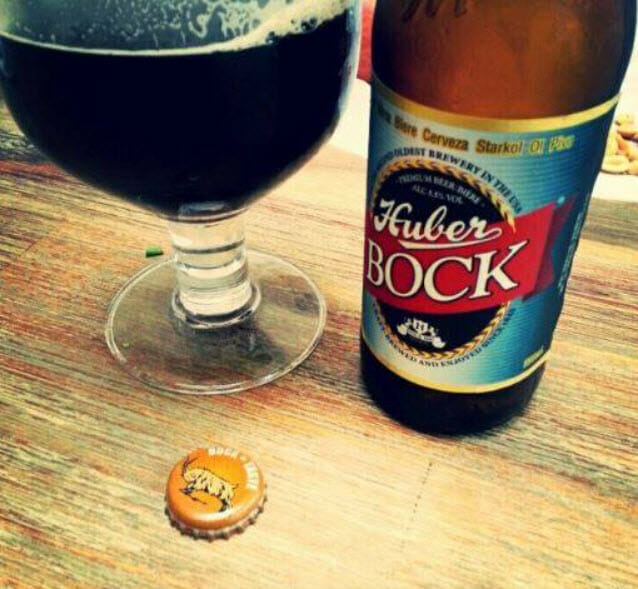What is summer sausage made of? Why is it called summer sausage? It’s not just for summer, but it goes well with a cold drink. Plus, learn what kind of cheese goes with summer sausage.
Some of the best snacks in the world are summer sausages, but you can get them all year, not just in the summer. There is no better time of the year than now to enjoy this tasty treat with any meal or gathering. So what’s up with the seasonal name?.
As an avid home sausage maker, few things are more disappointing than biting into a slice of freshly-made summer sausage only to find it disappointingly mushy A mushy texture can ruin the entire sausage-making experience But before you toss the mushy batch in the trash, let’s explore some of the common reasons for a mushy sausage and how to fix them next time.
Excess Moisture
The most common culprit behind a mushy sausage is excess moisture content. Summer sausage relies on the right balance of meat, fat, and moisture Too much initial moisture causes the texture to break down and become mushy during fermentation and cooking
Be sure your initial meat mix doesn’t exceed 70% moisture content. Weigh your ingredients carefully and don’t add more water than called for in the recipe. If using partially frozen meat, be aware extra moisture can leech out during grinding. Letting the ground meat rest overnight in the refrigerator allows moisture to evaporate before stuffing into casings.
Insufficient Fermentation
Proper fermentation is critical for developing texture and flavor in summer sausage. The fermentation process reduces pH levels, which firms up the texture. Insufficient fermentation fails to adequately lower the pH, resulting in a mushy final product.
Ensure meat temperature stays between 75-90°F during fermentation for 1-3 days. You can place sausage in a fermentation cabinet, cooler, or temperature controlled room. Use a pH meter to track acidity and stop fermentation around pH 4.8-5.3.
Overmixing Ingredients
Another common mistake is overmixing the ground meat and other ingredients. Excessive mixing can overwork the proteins, causing them to become sticky and mushy.
Mix just until ingredients are incorporated – about 1-2 minutes for 5 lbs of meat. Avoid high-speed mixers. Chilling meat properly before grinding also prevents the texture from breaking down too much.
Wrong Types of Fat
The fat you use affects texture. Liquid, soft fats like oils lead to a greasy, mushy sausage. Use firm, chilled fats like pork backfat or beef suet chopped into small cubes before mixing. Limit softer fats like bacon ends to no more than 25% of the fat content.
Overstuffing Casings
Trying to stuff too much sausage into casings gives no room for air circulation. This prevents moisture from evaporating properly during fermentation and drying. Overstuffed sausages end up with a dense, mushy texture.
Leave a 10% buffer when stuffing casings. If using 32-35mm casings, stuff only to around 90% capacity. Use a sausage stuffer with uniform pressure to avoid air pockets. Tie off links 5-6 inches in length to allow for contraction during drying.
Incorrect Cooking Temps
High heat cooking melts fat, causing mushiness. Low and slow is best. For smoking, use temperatures between 120-140°F and avoid exceeding 155°F internal temp. With water baths, keep water under 140°F. Monitor temperature closely and remove sausage as soon as it reaches 150°F internally.
Improper Storage
Mushiness can develop in summer sausage after it’s made if stored incorrectly. Once cooked, sausage must be chilled below 40°F. Storing at room temperature gives bacteria a chance to grow, breaking down texture.
Humidity also matters – keep summer sausage sealed in humidity-controlled packaging or stored at 60-70% relative humidity to prevent case hardening or excessive dryness.
Preventing Mushy Sausage Next Time
Follow these tips for perfect summer sausage texture:
-
Use curing salts for flavor and color development without risk of bacteria.
-
Add binders like whey protein concentrate or powdered milk to improve texture.
-
Ferment and dry sausages in humidity and temperature controlled environments when possible.
-
Use a meat mix of around 70% lean meat and 30% fat.
-
Limit liquid fat like oils and use firm fat cubes like pork backfat or beef suet.
-
Mix just until blended, about 1-2 minutes for 5 lbs of meat. Avoid overmixing.
-
Stuff casings to only 80-90% capacity.
-
Cook low and slow, avoiding excessive drying or heating.
While the occasional mushy batch is discouraging, don’t let it stop you from trying again. Paying attention to moisture, fat content, temps, and other factors helps ensure your next summer sausage is firm, flavorful, and fantastic.
[
The first thing people will tell you about sausage without a firm texture is that the mixture initially contained too much moisture. This could possibly be true, but there are a few other things you may consider also. The air speed of sausage drying should not be higher than 2 mph.
https://www.verymeaty.com/processed-meat/sausage/why-is-my-summer-sausage-mushy/
Frequency of Entities:
mushy – 15 times
summer sausage – 18 times
texture – 10 times
moisture – 5 times
fat – 7 times
fermentation – 5 times
cooking – 3 times
storage – 2 times
casings – 2 times
mixing – 3 times
]

What is the difference between summer sausage and salami?
As was already said, summer sausage is a semi-dry sausage; it loses about 15% of its original moisture as it ages. Even though salami is a type of summer sausage, it usually loses about 25% of its original moisture as it ages, which makes it a dry sausage. Thus, it stays fresh longer, and some kinds can even be kept for a while without being chilled. (Always refer to storage directions on the package of any sausage. ).

What is the Best Cheese to go with Summer Sausage?
Frankly, we’re not as concerned with storing summer sausage as we are with eating it. Once it’s opened, it’s not lasting a month in the refrigerator, or anywhere. What goes best with summer sausage? We’ll start with cheese.
When selecting a cheese to go with summer sausage, let’s look at the properties of the sausage. It’s semi-dry (semi-hard). It’s salty, smoky, and tangy from the lactic acid fermentation. What you’re looking for in a cheese is contrast. Choose a cheese that’s creamier in nature, with enough fat to balance the acidity. Smooth, semi-soft cheeses like Havarti, butterkäse, or Muenster go well with sausage because they have a neutral flavor that lets the spices stand out. A sharp Cheddar (any Cheddar will do) or Swiss is also a great match. The nutty notes in these cheeses go well with the smoke and acidity of the sausage.
Science aside, the best cheese to pair with summer sausage is subjective and depends on personal preferences. However, other popular choices include Monterey Jack, pepper jack, provolone, and Gouda. It’s a good idea to experiment and find the combination that you enjoy the most.

8 tips for PERFECT Summer Sausage
FAQ
Why is my sausage mushy?
Is summer sausage supposed to be soft?
Is summer sausage mushy?
Why are my sausages soft?
Why do summer sausages go off?
The main reason it goes off is that people ignore the estimated lifespan. In addition, if you haven’t stored them in closed packets and away from humid areas, they can go off fast. To store summer sausages correctly, make sure to seal them in airtight containers and packages.
Why is my sausage not cooking properly?
Usually happens when the meat is not mixed well enough and – more common – when the sausage is cooked at high temps for too long. Try to shorten the cooking time – adding humidity (a hot water pan) helps expedite that. Once done, cool down quickly – a cold water bath or a shower.
How do you know if summer sausage is bad?
One of the most common indicators is discoloration caused by the lack of nitrites and nitrates when they go bad. These substances are preservatives that prolong the shelf life of summer sausages. However, without their protective abilities, the meat goes off quicker than usual. A foul smell is another way to recognize spoilt summer sausages.
Does summer sausage go bad?
The answer here is that yes, summer sausage will eventually go bad. For instance, refrigerated and unopened sausage will last for up to three months. Read on to learn more. Can Summer Sausage Go Bad? How Do You Know if Summer Sausage Is Bad? How Long Is Opened Summer Sausage Good for Unrefrigerated? Does Summer Sausage Need Refrigeration?
